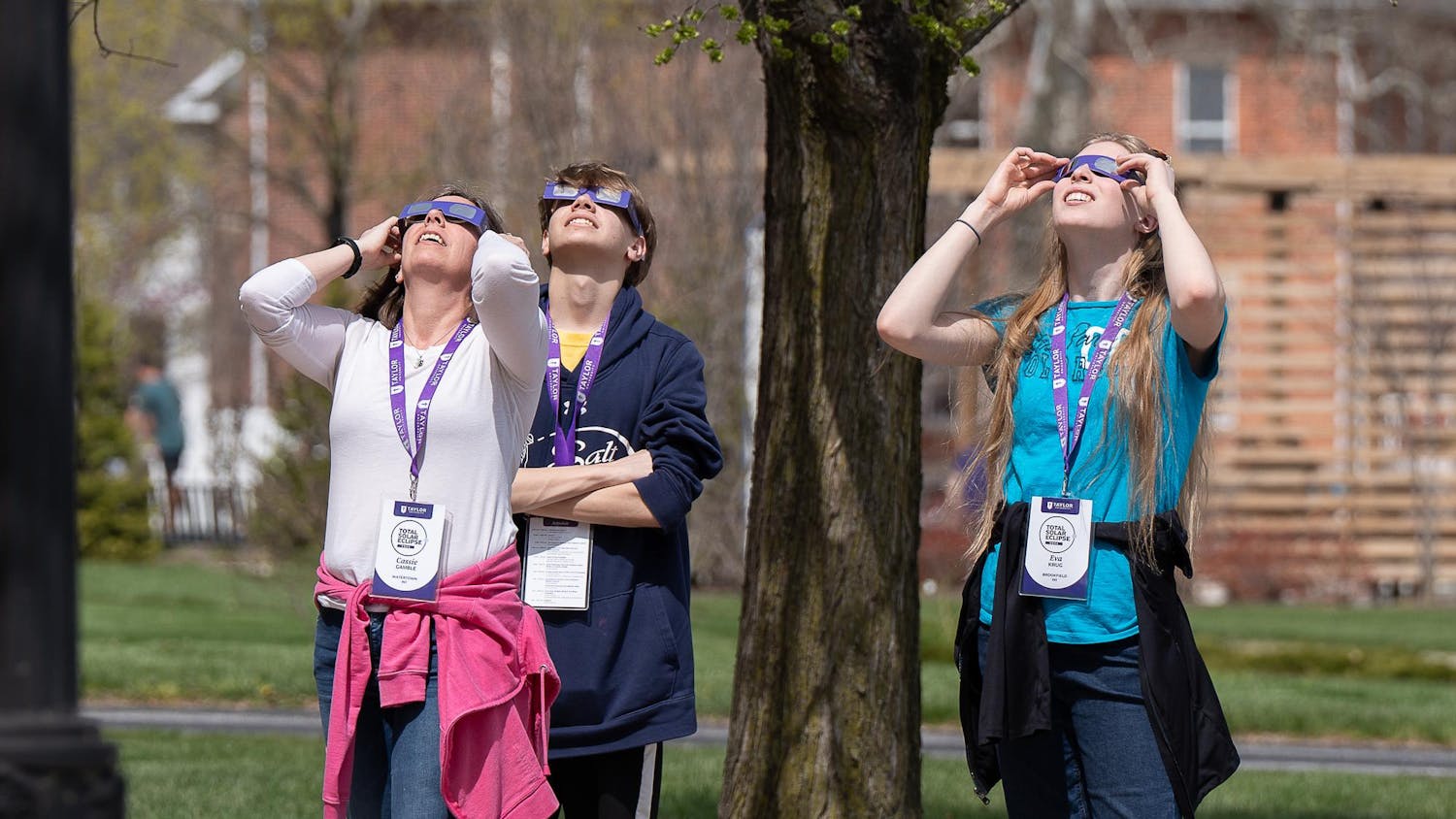Kari Travis | Echo
Incoming freshmen could pay anywhere from $2,760 to $4,560 extra in federal loan interest rate charges following their stay as an undergraduate at Taylor, according to data provided by the office of Financial Aid.
This rise in charges is the result of a recent jump in subsidized Direct Stafford loan rates, a July 1 hike that doubled the 3.4 percent interest rate to a hefty 6.8 percent.
Following the change, members of the U.S. Senate moved to enact a "student loan fix." The intention was to temporarily cap rates at 3.4 percent until a long-term solution could be reached.
The plan failed, leaving Taylor students, along with most other undergraduates in the U.S., with a chunk of extra expense added to an already growing list of college costs.
Now, while government representatives continue working toward a solution, students are left to crunch numbers and figure out just what these higher rates mean for their education - not to mention their wallets.
For starters, doubled rates on federal loans will result in a national average of $2,600 extra in costs per student for an undergraduate degree, according to Congress' Joint Economic Committee.
The charges to Taylor students may be more harsh, however.
An incoming Taylor freshman who borrows the maximum amount of a subsidized Direct Stafford Loan ($23,000) will pay an average of $38 extra per month over the 10 year, post-college repayment period, according to Tim Nace, associate Vice President of Financial Aid at Taylor.The math works out to be an estimated $4,560 in additional expense.
But this whopping number isn't likely applicable to the average Taylor student who takes out a subsidized federal loan, according to Nace.
University records show that, while 51 percent of Taylor students borrowed under the subsidized Direct Stafford Loan during the 2012-13 academic year, the average amount allotted each student was $14,033, well below the maximum amount of the loan.
New students who borrow roughly the same dollar amount under the subsidized Stafford's doubled interest rates will pay about $23 more than those students who received the same loan last year.
This new total comes out to a more reasonable $2,760 in extra costs for an undergraduate degree at Taylor.
Though Taylor students must find a way to compensate for this sudden increase in overall college expense, Nace doesn't anticipate a decline in overall enrollment numbers.
"The change in interest rate is the same for all student borrowers regardless of the type of school they attend or if they attend an in-state versus out-of-state school," Nace said. "Given the national attention that has been given to this issue, I wouldn't be surprised if Congress changes the rate or method of calculating the interest."
U.S. Senators reached a deal to end the fight over loan rates on Wednesday night, according to the New York Times.
But no legislative efforts have yet been made to reverse doubled interest rates, and Congress cannot take action until after Labor Day, the date that marks the end of its summer recess.




